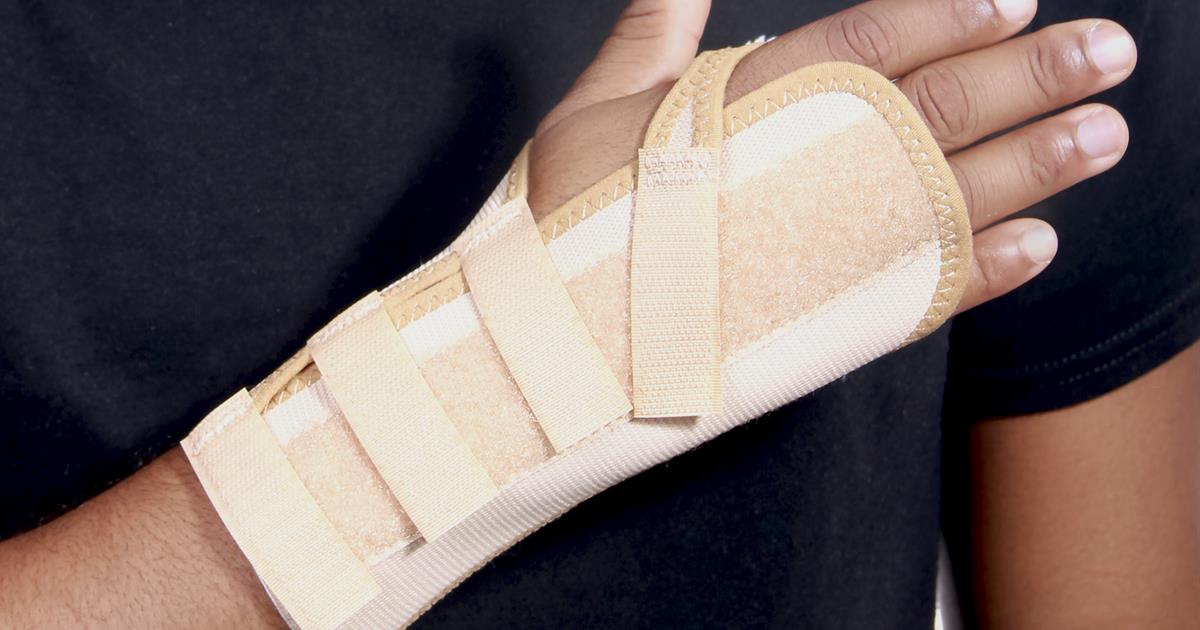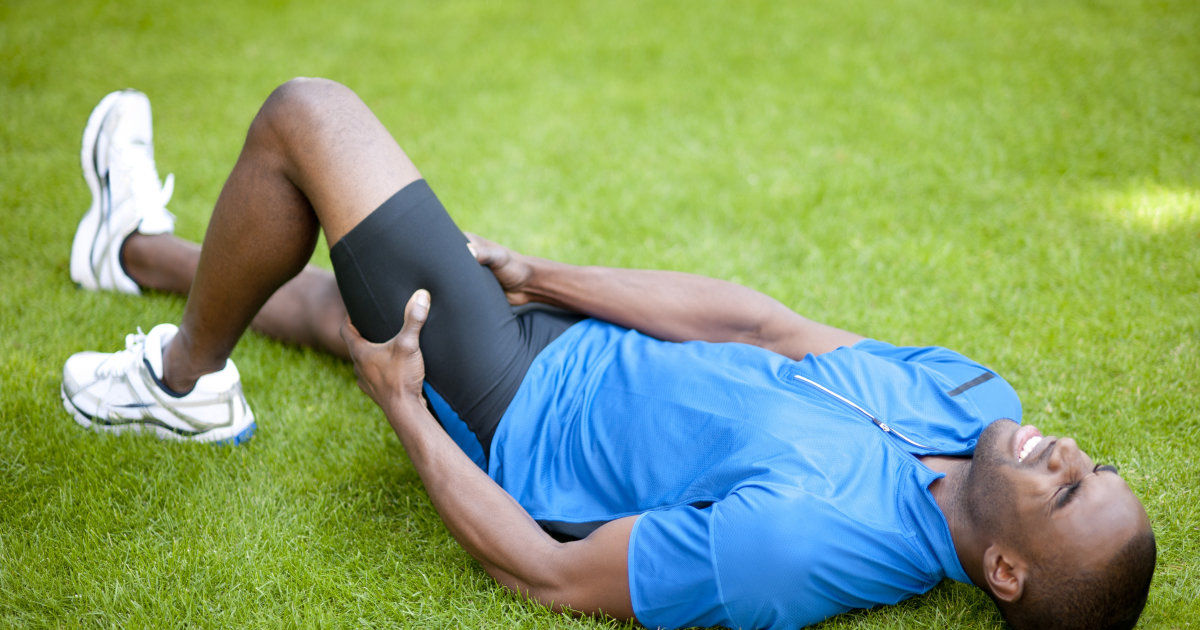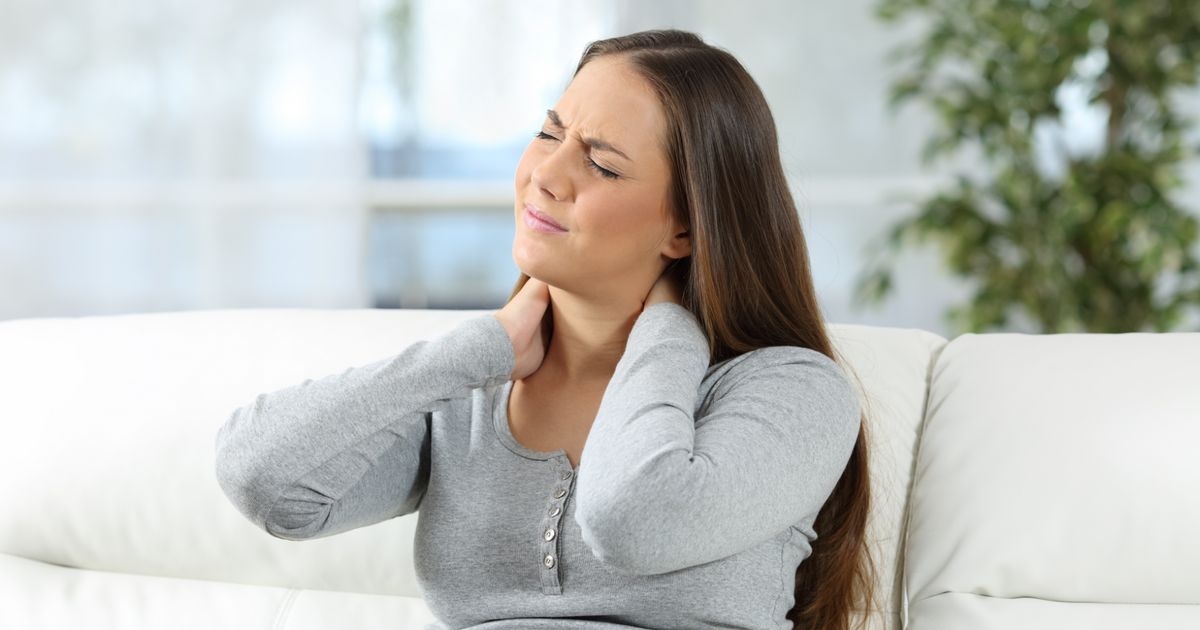What Conditions Diathermy Helps Treat
Diathermy is a treatment that stimulates the generation of heat within the body tissues using a high-frequency current of electricity. Usually, diathermy is used therapeutically to treat joint and muscle conditions. The electrical current is able to effectively produce heat up to two inches underneath the surface of the skin into the targeted tissue. Diathermy does not involve the application of heat to the body, but it does give the body the ability to generate its own heat inside of the targeted tissue.
There are three different types of diathermy treatment: shortwave, microwave, and ultrasound diathermy. Shortwave diathermy utilizes electromagnetic energy for heat generation. Microwave diathermy generates heat in the tissues by utilizing microwaves. Ultrasound diathermy generates heat from tissue vibrations that result from the target application of sound waves into the deep tissues. Get to know what medical conditions diathermy can help treat now.
Strains And Sprains

The terms strain and sprain are often used correspondently by the general public to characterize soft joint tissue overstretching. Medically, however, the two terms mean different things. A sprain is overstretching that affects what is called a ligament, or the stretchy tissue bands that attach two bones to each other at a joint. A strain is an overstretching that affects what is called a tendon, or the dense fibrous cord-like tissues of which attach the muscles to the bones. Strains tend to cause spasms of the muscles in the affected area, while sprains may cause the affected joint to become bruised. Diathermy is used in severe cases of sprains and strains where physical therapy is most likely involved. The tendons and ligaments affected by sprains and strains respond best to ultrasound diathermy because they can absorb these waves better the other types. Application of diathermy to muscle strains and sprains is known to help with the tendon and ligament elasticity and enhance the range of movement. Diathermy is also used frequently prior to physical therapy sessions to help prepare the sprain or strain.
Learn about the next condition diathermy can help treat now.
Muscle Spasms

Muscle spasm means the same thing as a muscle cramp. This happens when a muscle forcibly and rapidly has a contraction and then is unable to relax. Muscle spasms can occur in all or part of a single muscle, or they can occur in a number of muscles within a muscle group. Spasms of the muscles most often occur in the calves, hands, abdomen, thighs, foot arches, arms, and the ribcage. A muscle spasm can last anywhere between a few seconds to over fifteen minutes. An occasional muscle spasm is normal and usually does not cause enough distress to warrant medical treatment, however, some individuals suffer from chronic and frequent muscle spasms that need medical intervention. Shortwave diathermy is the best type of diathermy to treat muscle spasms, as it primarily acts on the deep structures called muscle spindles. When the muscle spindles are heated up using the shortwave diathermy approach, the processes of which convey messages to the spinal cord about the 'stuck' muscle tend to decrease. This causes the affected muscle to be able to relax.
Continue reading to get the details on the next condition diathermy can help treat now.
Fibromyalgia

Fibromyalgia is a disorder causing the amplification of sensations that are generally painful by influencing with the manner of which the brain synthesizes pain signals. Individuals who have fibromyalgia experience extensive musculoskeletal pain, memory problems, mood issues, and difficulty with sleep. Patients describe the pain as a consistent monotonous ache that has not regressed for a period of at least ninety days. The best form of diathermy for the treatment of fibromyalgia is ultrasound diathermy. The mechanical action of diathermy helps pain caused by the disorder by reversing the dilation of blood vessels, which is a result of the inflammatory response by the immune system. Ultrasound diathermy also reduces the velocity of nerve conduction, resulting in a decrease in the pain signal transmission actions to the brain. Some of the pain fibromyalgia causes is a result of muscle spasms, which the ultrasound waves also address. The ultrasound waves can be emitted in a pulsating action or continuously depending on which symptoms the patient is experiencing and how deep the tissues are.
Uncover details on the next medical condition diathermy helps treat now.
Arthritis

Arthritis occurs when an individual has one or more joints with excessive inflammation present. This disease usually worsens with age and results in pain and stiffness of the joints. Rheumatoid arthritis and osteoarthritis are the two most prevalent types of this disease. The joints within the body are at the ends of bones. Cartilage covers the ends of the bone to provide a protective, hard, slippery bone end. Osteoarthritis causes break down of this cartilage, and rheumatoid arthritis targets a different tissue within the joints called the synovium or joint lining. Shortwave diathermy is the most effective type of diathermy for patients with arthritis. Shortwave diathermy increases the quantity of blood flow to the area as a result of the heating. This improves the range of movement and flexibility of the joints, allowing for less painful mobility. Shortwave diathermy also helps with arthritis because it promotes the acceleration of cell growth and expedites the process of regenerating damaged tissues. Muscle stiffness in stiff joints can also be alleviated with short wave diathermy to allow for physical therapy preparation.
Reveal another medical condition diathermy can help treat now.
Tenosynovitis

Tenosynovitis is characterized by severe inflammation of the sheath around the tendons. Tendons are covered with what is called synovium, which maintains the lubrication of the tendon by producing synovial fluid. An injury to the sheath may cause it to malfunction and fail to perform its job. When the sheath fails to make enough synovial fluid or any synovial fluid at all, the result is swelling and inflammation of the sheath. This inflammation is most prevalent in the feet tendons, hand tendons, and wrist tendons, but can occur with any tendons. This condition causes an individual to experience difficulty moving, swelling of the affected joint, joint pain, and tenderness of the affected joint. Shortwave diathermy helps to reduce the severe inflammation of the tendon sheaths and does so by increasing cell membrane permeability and reversing the dilation of the blood vessels that allow immune system components to cause swelling and redness in the area. Because tenosynovitis is a deep tissue inflammation, it is often difficult to treat by other means, and shortwave diathermy and microwave diathermy have shown promising results for inflammation and pain relief associated with it.